Sandbag Lullabies: A Closer Look at the Day Nurseries of the Near East
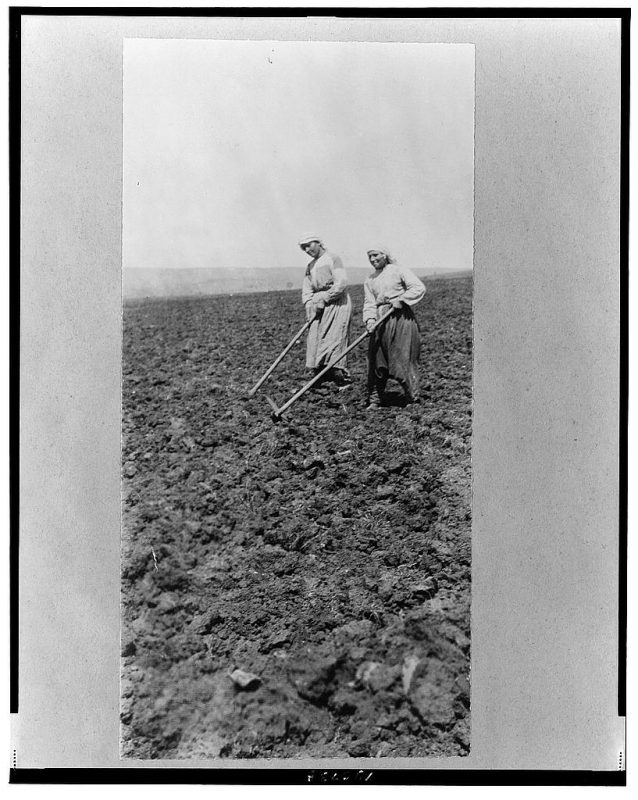
As part of its relief efforts, Near East Relief did its best to provide employment to as many refugees as possible. However, opportunities were limited and, despite the best efforts of NER and other organizations to place women and girls in domestic positions and other similar work, employment opportunities remained scarce. To earn a living, many refugee women, regardless of ethnic background, found small, off-the-book jobs that payed low wages. These positions were often manual labor and in hazardous work environments that most were not accustomed to.
With more women now acting as the sole income earner due to losing their husbands, many were forced to leave their young children at home, often unattended, while they worked. When Near East Relief workers in the area discovered that some children were being left along during the day, they decided to come up with a a solution to help the women refugees earn a living without fear for the safety of their children. Day nurseries run by Near East Relief provided the care and stability children needed while allowing women, who had already lost so much, to work to rebuild their lives and provide for their families.
Image Right: Armenian women work at Rodosto, date unknown, courtesy of the Library of Congress
These nurseries, not dissimilar in practice to modern day daycare centers, tried to provide for the children in their care as much as possible while their mothers worked. However, as with all other relief efforts during this time, resources were limited, forcing the aid workers to get creative.
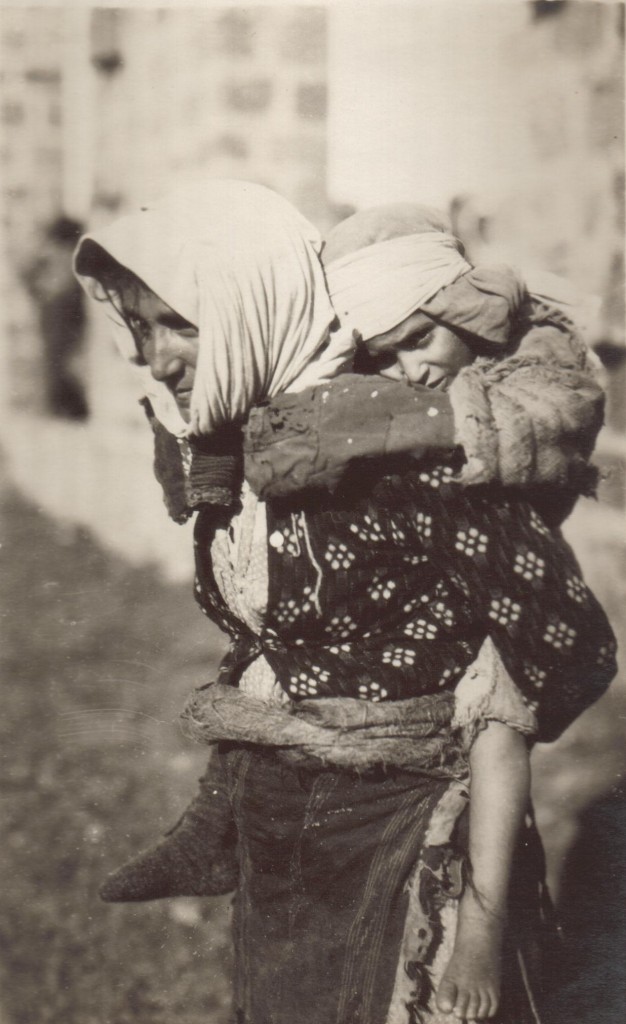
An unknown refugee woman and her child.
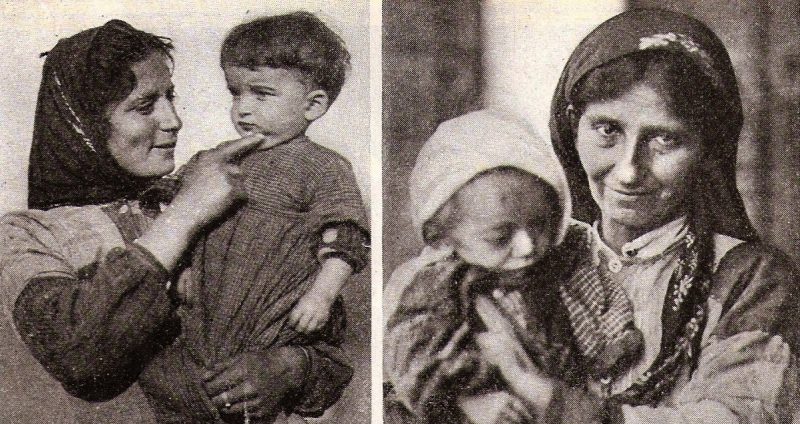
Near East Relief hired Mrs. Jeannette Wallace Emrich, an experienced kindergarten caretaker living in New York City, to help with the oversight and reporting on NER day nurseries. Born on July 15th, 1878 in Saxonville, Massachusetts, Emrich spent much of her life and career involved with philanthropic organizations like Near East Relief. A graduate of a kindergarten course at Pratt Institute and later Boston University, Emrich dedicated her life to charitable work and theological organizations. From 1921-22, she organized relief work in Constantinople that aided approximately 6,000 children.
Image Left: Refugee mothers and children at the Rodosto farming colony, c. 1922
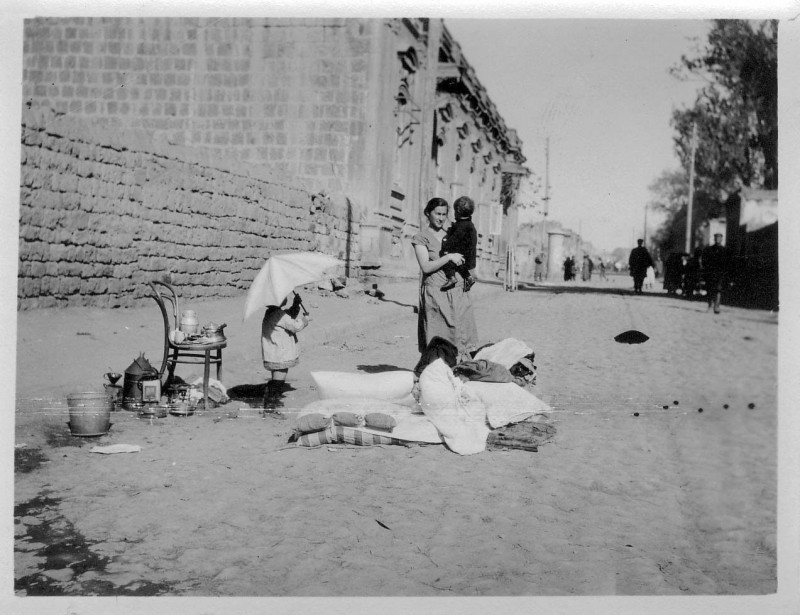
In order to allow women to work, children were dropped off at nurseries early in the morning. While there, the children received food, something that was not always available at home, enjoyed a safe place to play with other children, and, if needed, sleep. In July 1922, Emrich reported that Near East Relief had opened a kindergarten that served and babysat the children of 2,500 war-widows while their mothers worked to earn a living. This innovative nursery system that had locations throughout the Near East, allowed for refugee mothers to work and continue the arduous and difficult process of providing for their families, while also attempting to rebuild their lives following such unimaginable tragedy. Now certain their children were cared for, refugee mothers were able to earn enough income to purchase food and basic necessities.
Image Right: A refugee mother and her children living on the streets after being displaced, date unknown
Like so many other Near East Relief aid efforts, resources for providing care were limited. Unconventional resources were utilized in order to provide the most care possible on a limited budget. Clothing for children was in high demand and, with the textile industry in the Near East still recovering from World War I, relief workers had to repurpose old materials into new garments for the children and other refugees.
The warehouse at Derindje, used as a wartime storage facility during World War I, was used by Near East Relief supplies until 1921. Leftover inside was a surplus of sandbags that had been used to fill the Suez Canal and for other purposes. Seeing an opportunity and a large supply of unused fabric, relief workers set out to reuse the fabric from the bags in a variety of unique and surprising ways to provide for the children in NER day nurseries and orphanages.
One of the most common uses for the sandbags was to make them into bags for both children and adults. They were designed and embroidered with colored wool threads and made into nice school bags, market bags, or sewing bags. The newly designed bags became a fashionable item in Constantinople, increasing demand for them. When the kindergartens were opened, relief workers did not have enough furniture for the children to take naps on during the day. Using the sandbags, workers were able to sew them into little child sized hammocks that provided a comfortable place for babies and young children to sleep.
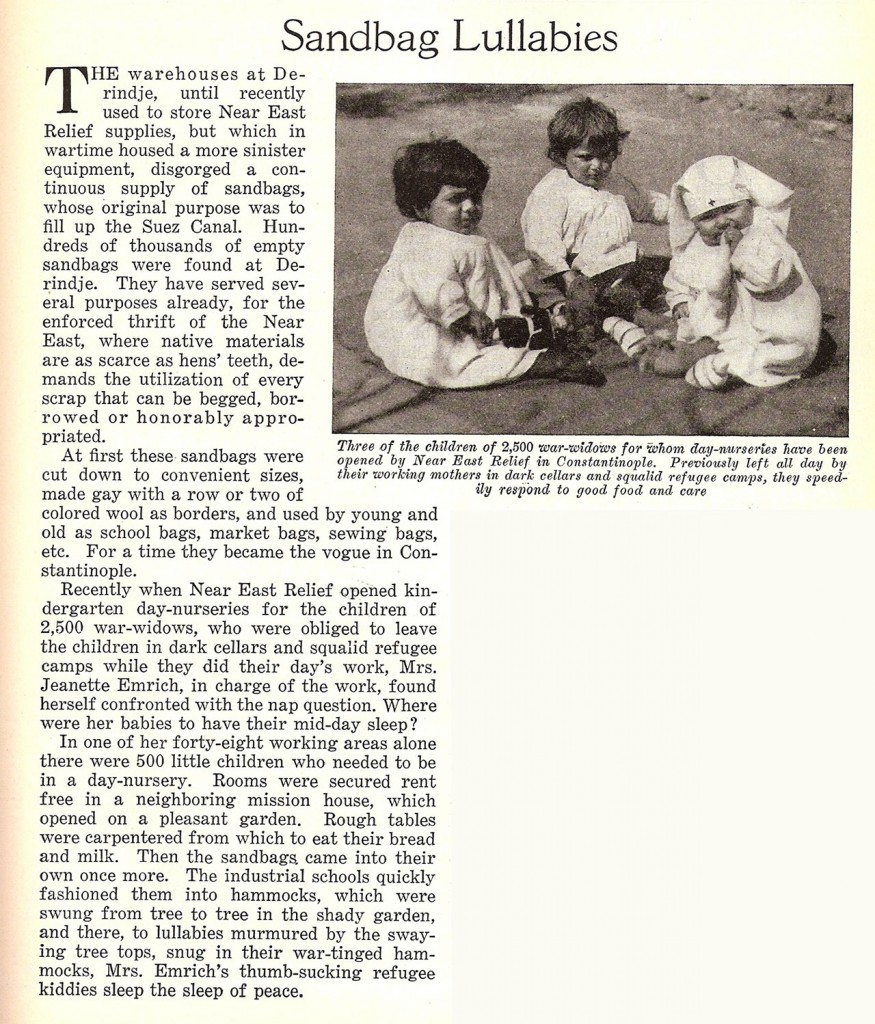
The day nurseries provided by Near East Relief were critical for both women and children. For the children, the day nurseries gave them much needed comfort and care in an environment that let them socialize and learn with other children their own age. For the mothers, the nurseries allowed for them to work to provide for their families without fear for their children’s safety, giving them the opportunity to take crucial steps towards rebuilding not only lives for themselves, but for their children.
